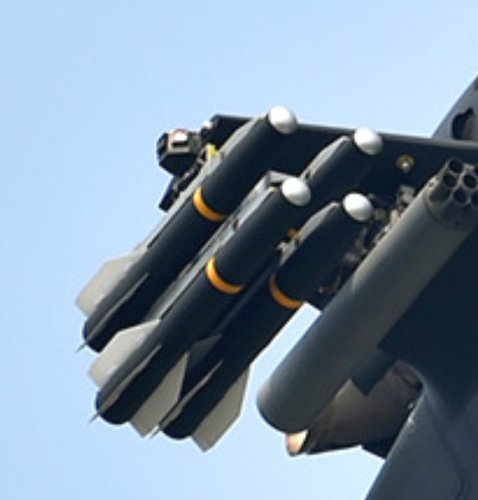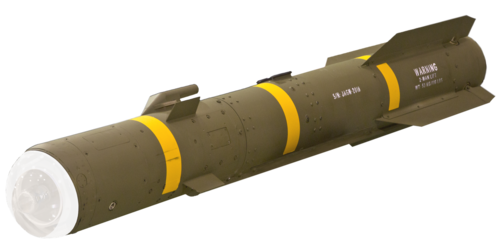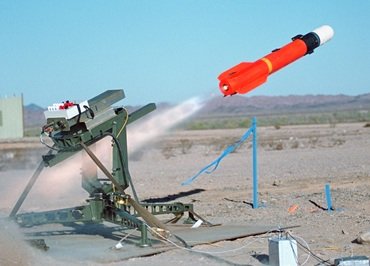Predictive aimpoint does not look so good. Seems to me that it should have hit mid-body.
The U.S. Army and Marine Corps are working to refine the Joint Air-to-Ground Missile’s software after it failed to achieve desired lethal effects on a maritime target during its initial operational test, Col. David Warnick, the Army’s program manager for joint attack munition systems, told Defense News in a recent interview.
The JAGM is to replace the legacy Lockheed Martin-made Hellfire missile used across the services.
A report from the Pentagon’s chief weapons tester released last month called out the less-than-lethal results during maritime testing of the new missile, which is also made by Lockheed. The initial operational test and evaluation, or IOT&E, was held at Fort Hood, Texas, and Eglin Air Force Base, Florida, in April and May 2019.
The IOT&E consisted of six shots against stationary and moving targets in both land and maritime environments during the daytime. Following the two test shots that didn’t achieve desired effects, the program manager suspended further maritime testing to analyze results and tweak missile software to improve results, the report stated.
“What we had was a few shots that were taken, and we had impacts more toward the back of the boat than we would have liked,” Warnick said. “They were all successful in stopping the boats … but we would prefer to have a center mast hit, one that guarantees a little bit more high probability that we’re going to get the lethal effects desired.”
The team is incorporating changes into the next software build and is anticipating taking three more maritime shots this month at Eglin, Warnick said.
“Based off of how we’ve run the models, based off of the test readiness review that they just conducted this week, we’re confident that we’ve got it in there,” he added.
The Marine Corps originally planned to conduct its JAGM IOT&E in the second quarter of fiscal 2020, but that schedule has changed, according to Warnick. A new timeline for the testing should be ironed out soon, he indicated.
Still, the Army has overcome all of its earlier problems discovered in tests. In tests in 2017, JAGM missed two targets; and while 18 missiles were launched from an AH-64E Apache attack helicopter during tests, one of the four launches with a live warhead failed to detonate. The Apache’s targeting site and fire control radar passed “erroneous target velocities” to the missile, according to previous test reports.
The newest report from the Office of the Director of Operational Test and Evaluation stated that JAGM “met hit performance and reliability requirements when launched by Version 4.5 and Version 6 AH-64E software,” even when targets were obscured by countermeasures or dust and proved more lethal than the legacy missile, particularly against an up-armored Russian T-72 [tank] and other light-armored vehicles.
“I think to date we’ve shot 103 JAGMs and really only had two that were near misses, and we are very pleased with the results at this point,” Warnick said. “Our costs are coming down the cost curve as we transition from that low-rate initial production that we’re in right now. And we will hopefully get a favorable full-rate production decision this May.”
The DOT&E Office provided more suggestions, including a recommendation that the Army develop, test and field a JAGM training missile. Warnick said the Army is funded in FY20 and FY21 to produce that asset.
The report also recommended the Army test JAGM in an environment where electronic warfare is a threat as well as against threats with active protection systems.
“We’ve got it planned and budgeted in [research, development, test and evaluation] to update the software every couple of years,” Warnick said, “and as that threat becomes closer in, we ensure that we stay ahead of it with implementing whatever changes we need to make sure we are capable of defeating it, so we’re on track at this point to stay ahead of threats, and I think we are comfortable with where the system is at this time.”

























